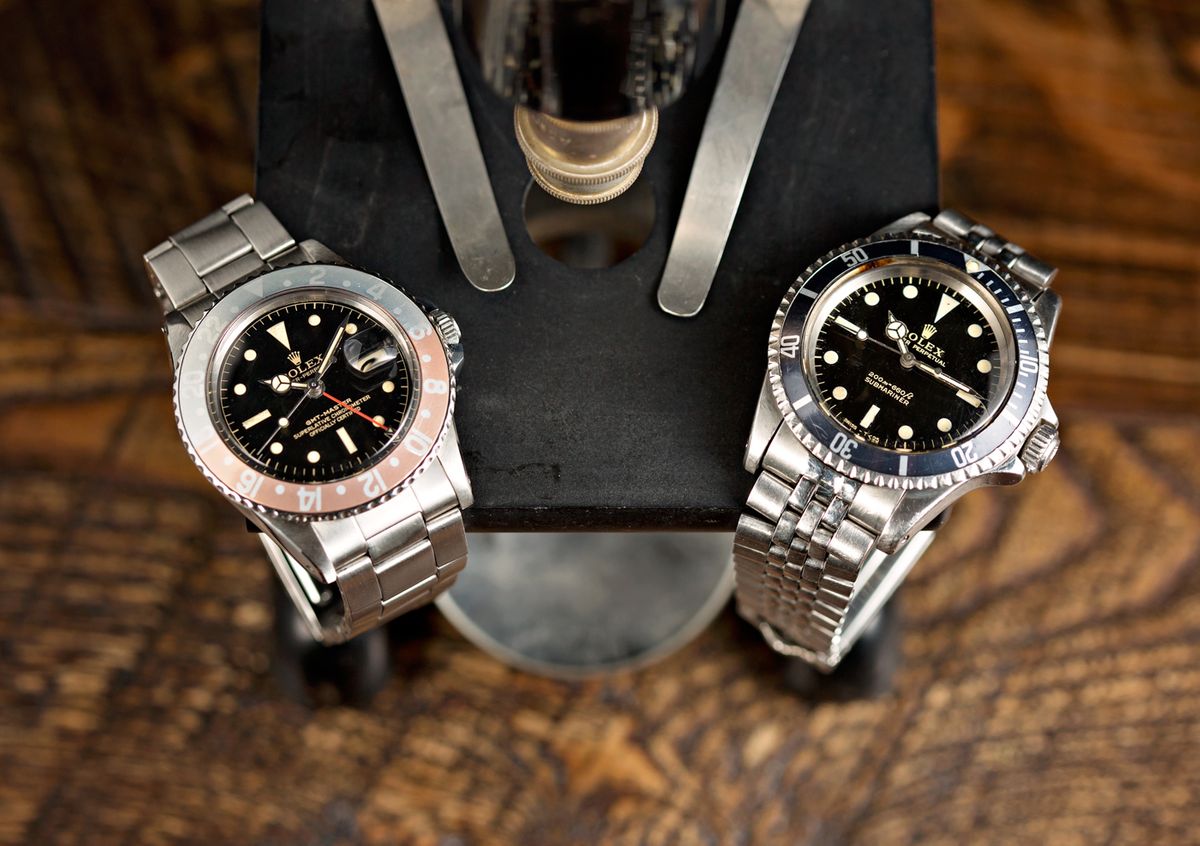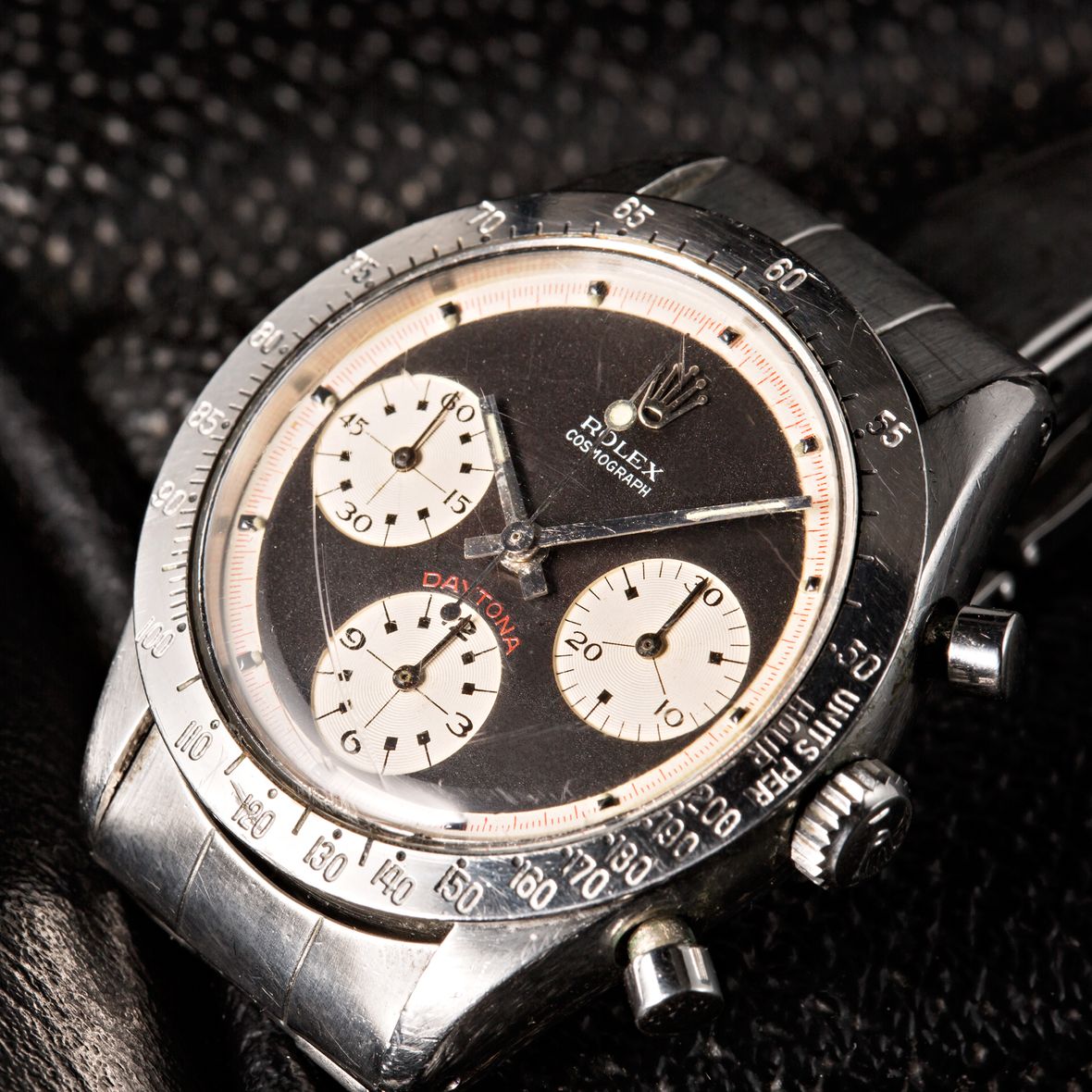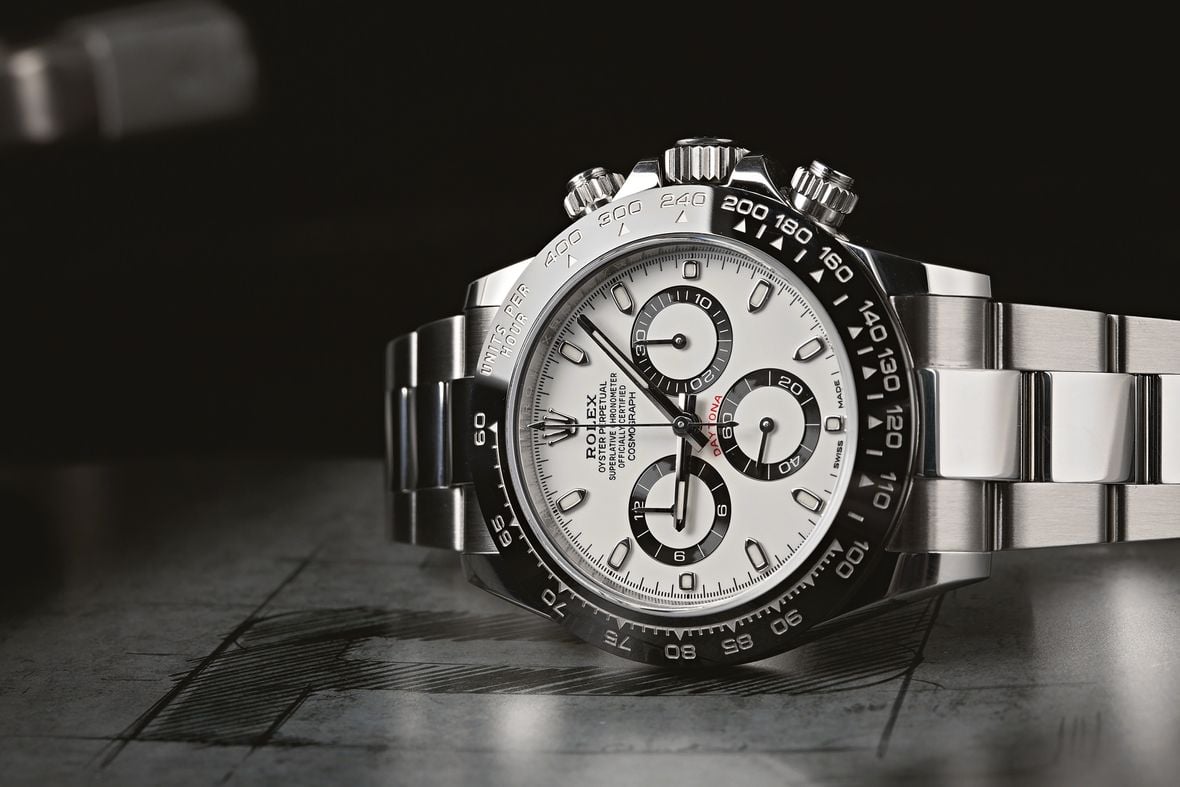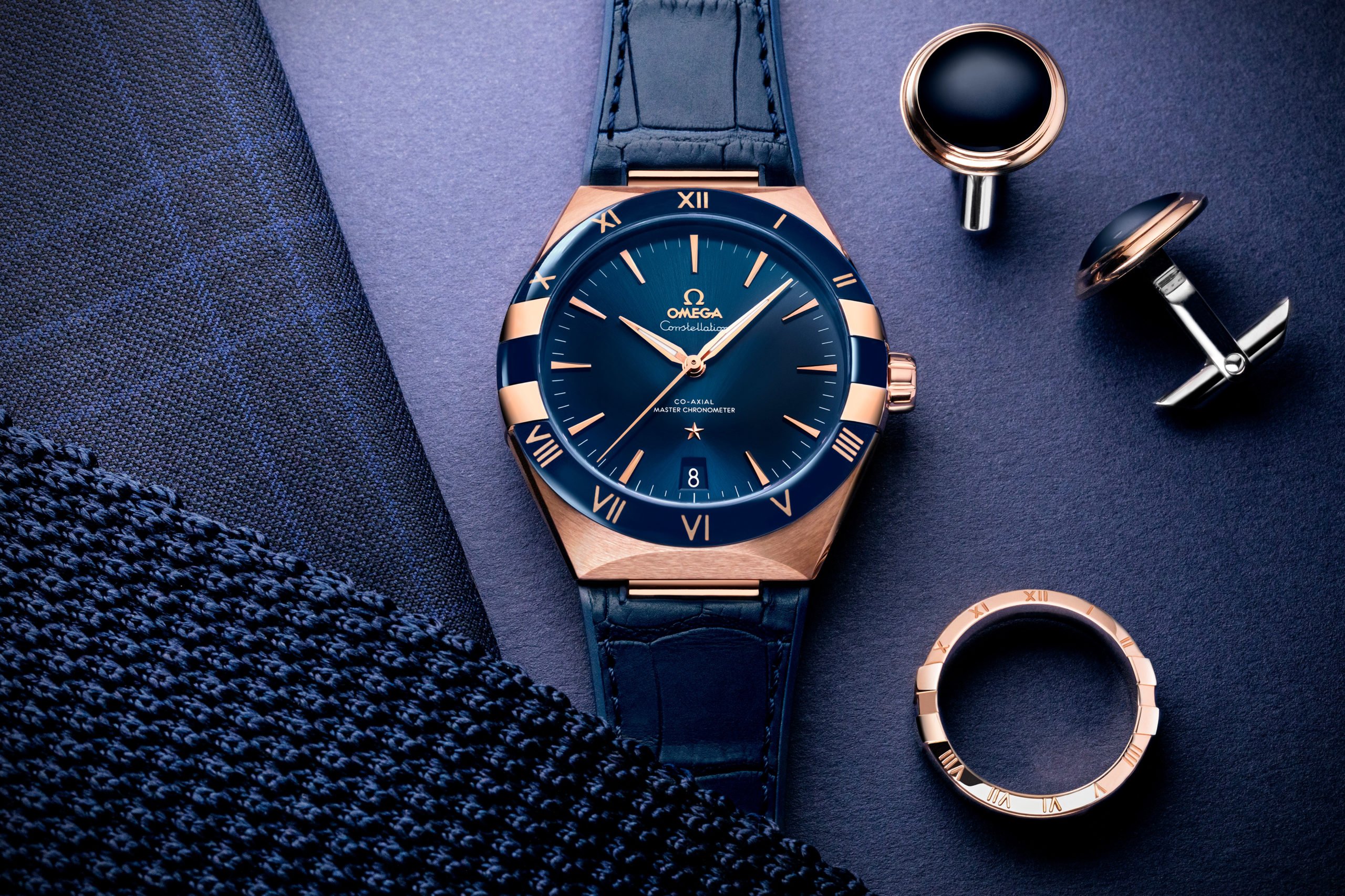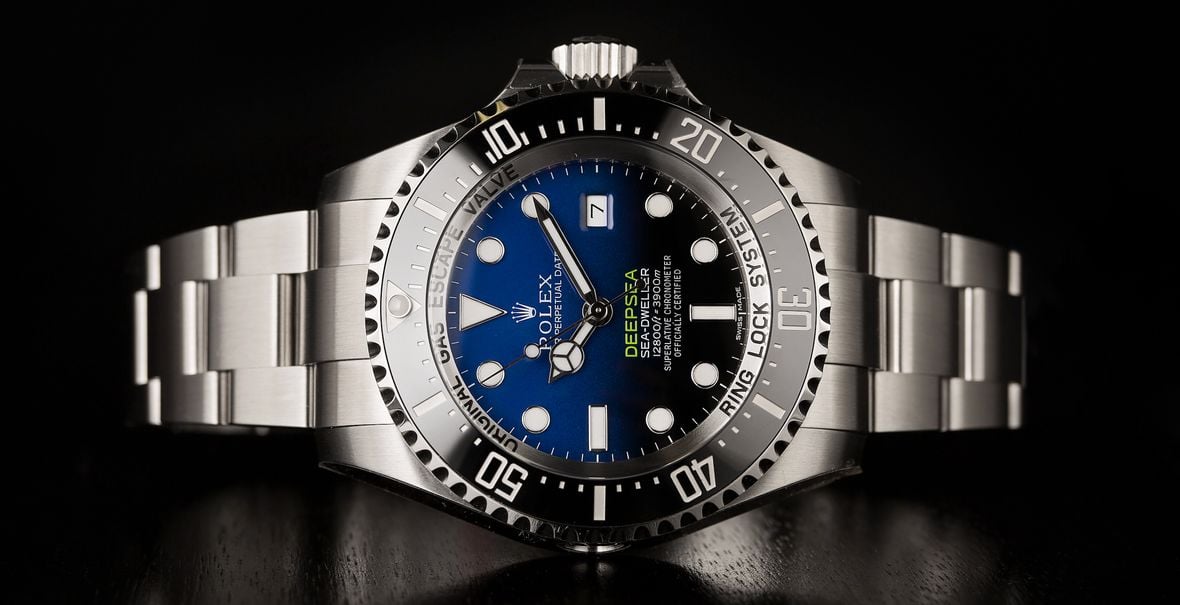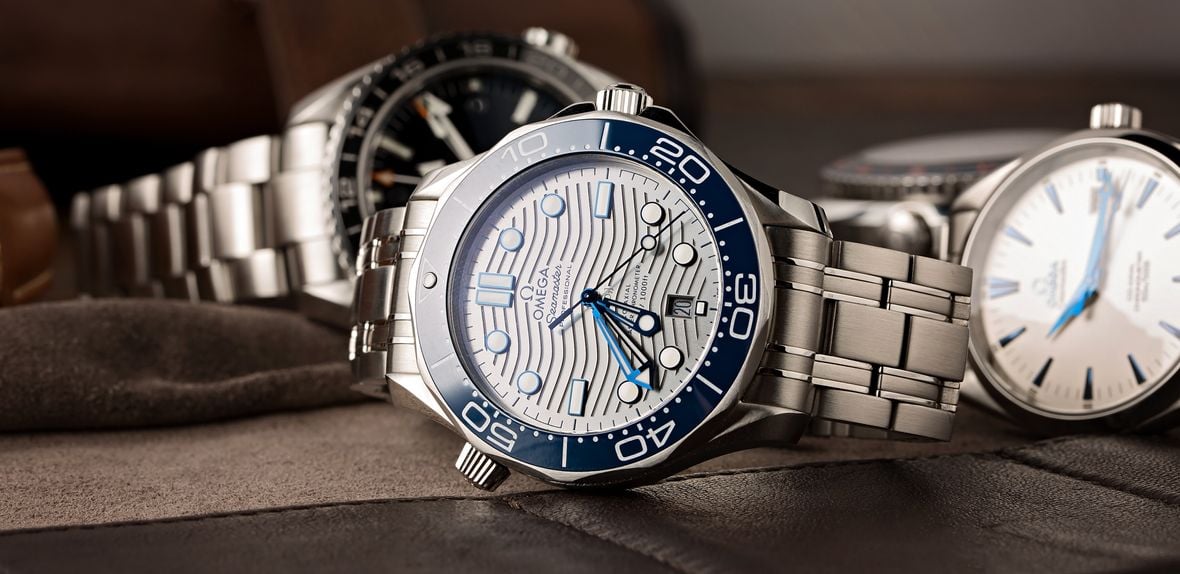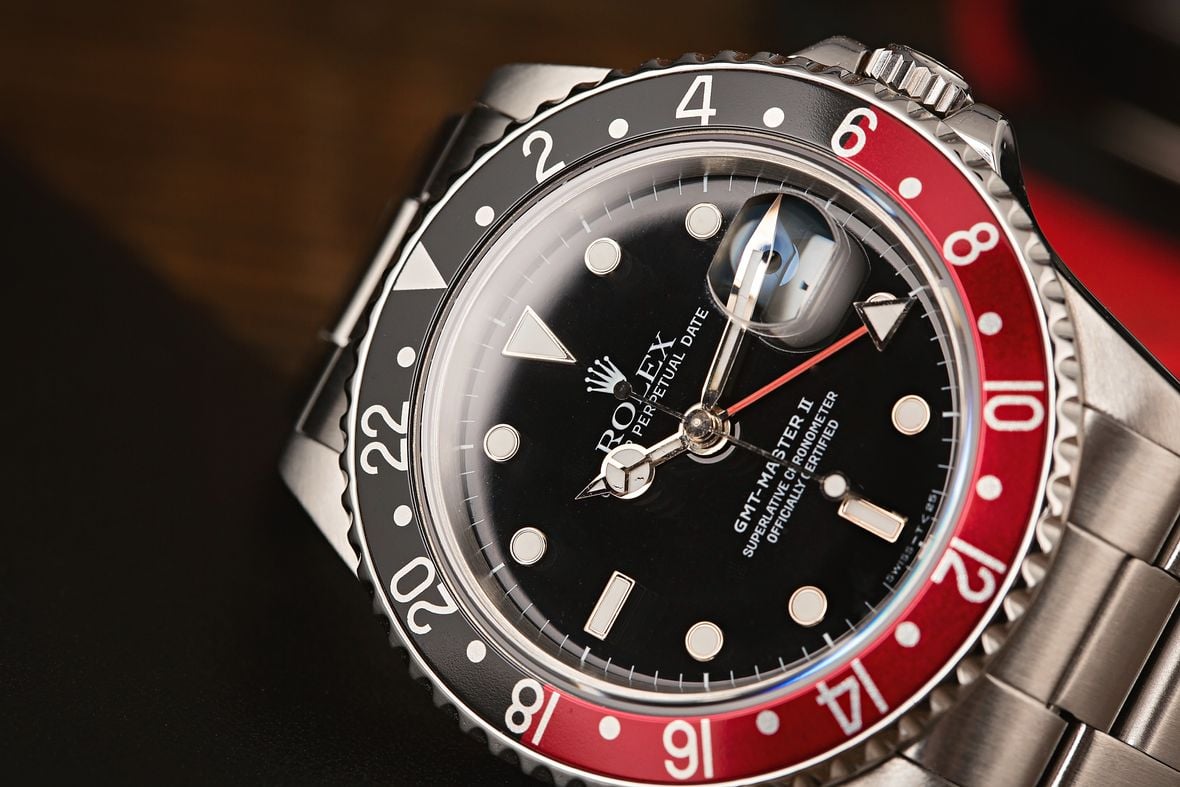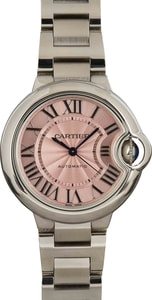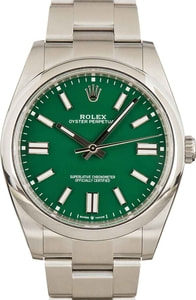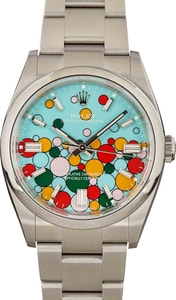The explosion in the vintage watch market over the last few years has been nothing short of a phenomenon. In the modern era of bewildering technological innovations, it seems there is still something so appealing, so indescribably ‘cool’ in harking back to the days of the classic mechanical timepiece.
A Smartwatch or an iPhone may well tell the time more accurately, but in terms of expressing a personal style, nothing beats being able to wear a little slice of history on your wrist.
How To Get Started
More and more people are discovering a fascination with owning and collecting vintage watches, and the industry itself is immense. If you are new to the field, the sheer scale of everything there is to learn can be daunting to say the least. Although the internet has made it possible to instantly access huge amounts of information, simply finding a place to start is something of a challenge.
That’s why we have put together this handy guide, where we have trimmed it all down to the most important points for those now getting started. Read on below to find out all you need to know about buying and owning vintage luxury watches.
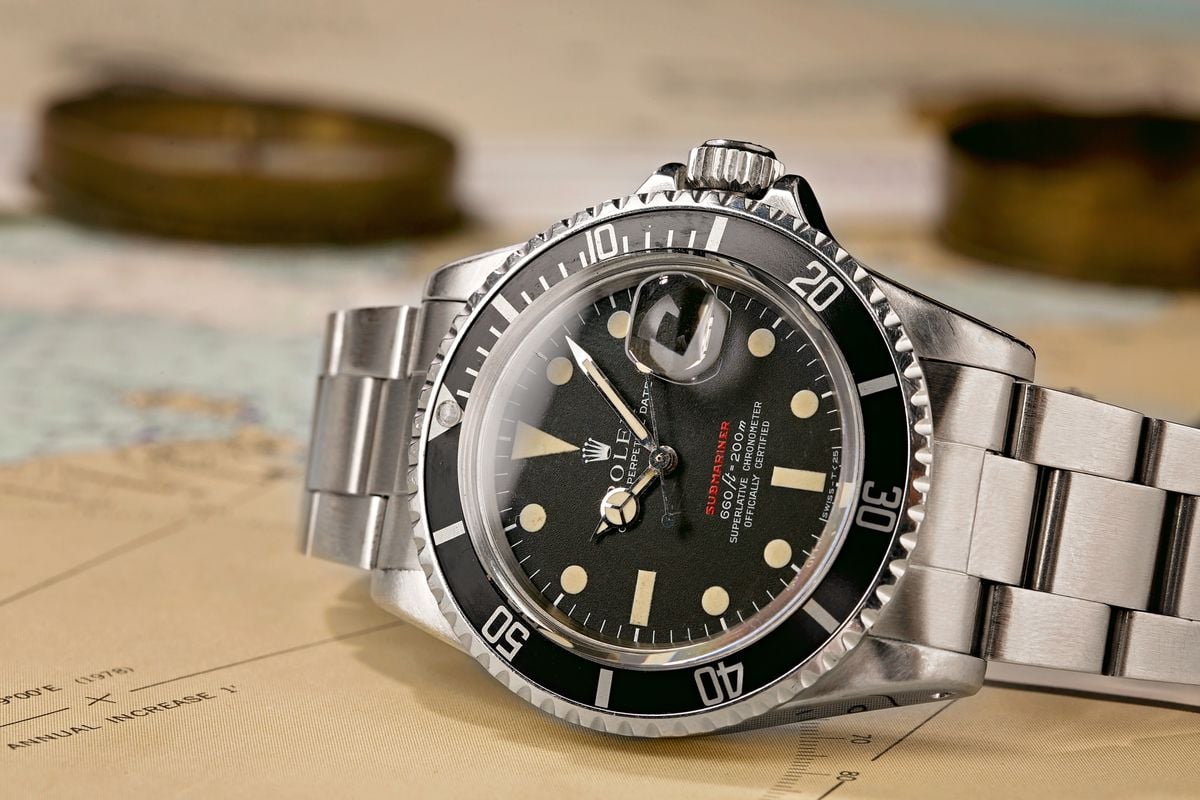
What is a Vintage Watch?
We’ll begin with what you might think is the easiest question; just when can a watch be designated as vintage?
Unfortunately, there is no simple answer. In fact, you could ask 10 different people when ‘vintage’ officially starts and receive 10 different answers. For some it goes by date, but even that seems open to interpretation. One person might consider anything before 1990 as vintage, someone else will say it has to be pre-1980s. Another group tends to believe a watch qualifies as soon as it is superseded by a newer version, and others will point to when a certain component (such as an acrylic crystal being replaced by sapphire) marks the point of vintage. Unlike the world of classic cars, there is not one unanimous definition. Generally, its any watch that is over 30 years old. But this is n0t a hard and fast rule. And it can depend on the brand and even the country. For example, some models, like the Rolex Submariner 16610LV Kermit is not over 30 years old but its become hugely popular the past 5 years and prices have skyrockets in value. So while it may not meet the strict definition of a typical vintage watch, it is however collectible. Which now brings us to another topic: vintage vs collectible. But we will save that for another article to follow.
In the end, it might be easier to say what vintage isn’t. Firstly, you will come across plenty of occasions when the word is used interchangeably with the term ‘pre-owned’. These are most definitely not the same thing.
The minute a brand new watch is bought and leaves the store, it technically becomes pre-owned. It can still have its hang tags on and have never left its box, but because it has already been sold through its original retailer, it is technically a pre-owned watch and will be labeled as such.
Additionally, ‘vintage’ can’t be used to describe just any watch that has been around for years. Very few of the old mass-produced digital models or cheap quartz-powered pieces can realistically claim the title, at least in most collectors’ minds. When aficionados use the word vintage, they are talking about a watch with its own place in the history of its respective brand, and often one which is an example of superior craftsmanship and engineering prowess.
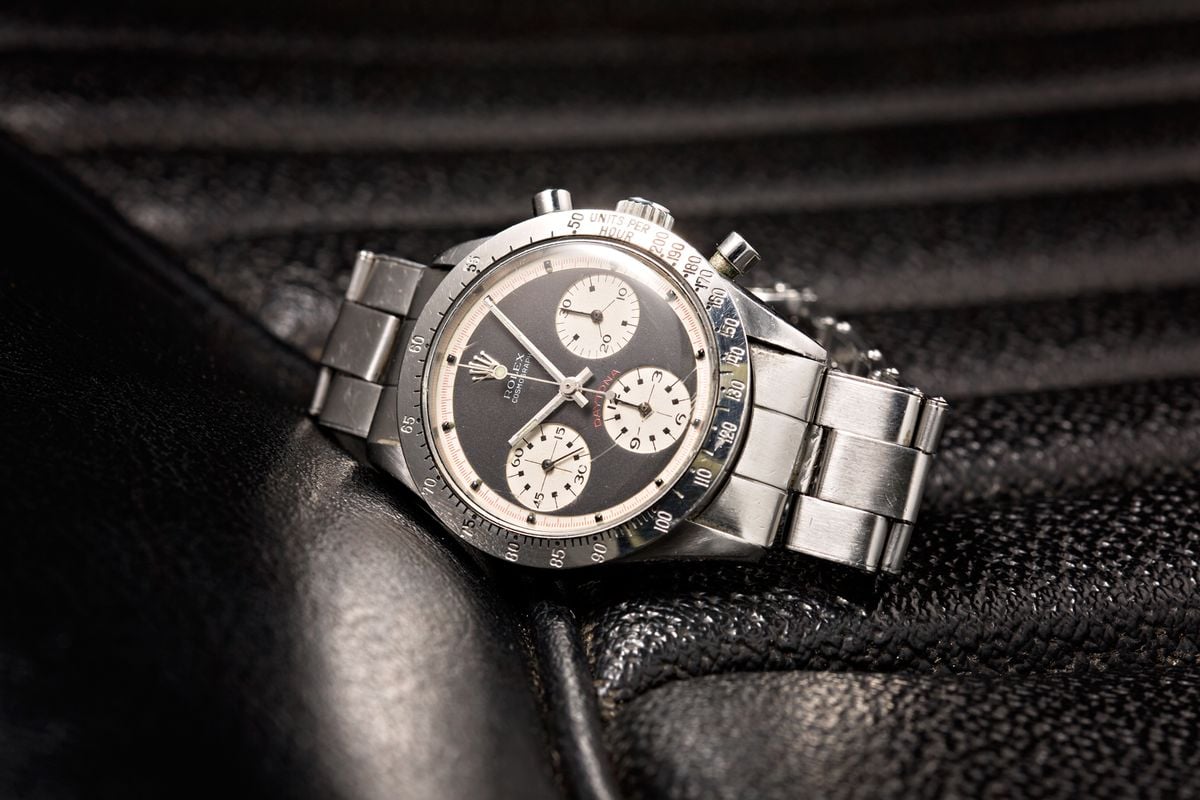
Why Buy a Vintage Watch?
The next question usually asked by those just getting interested in horology is why go for a vintage watch at all? Why not buy a brand new model, one which is still shiny and unmarked, with all the most recent developments in technology and materials?
It is a fair question. Even in an industry as steeped in tradition as mechanical watchmaking, the rate of progress and improvement is still constant. A piece with the very latest advancements may well retain the coloring on its dial and bezel longer, be more resistant to scratches and scrapes, and keep better time than one produced 30 or 40 years ago – but that is rather missing the point.
Wearing a vintage watch is an expression of character. The fact that not just anyone can go into a store and pick one up gives them an inherent individuality – each, by the very nature of its aging, scratches, and scrapes, is slightly unique. Its discoloration is a symbol of it having lived a life, of it having its own story – something that a new model lacks. It displays a respect for heritage and an understanding of the artistry that goes into each one, from a time when quality and reliability were paramount.
Even on a practical level, there is plenty to recommend going vintage. A watch that has been well looked after will still be perfectly sturdy enough for everyday wear and use, as well as having a hugely impressive timekeeping ability. They can also be easier to find. There are fearsome waiting lists at retailers for many of the latest stainless steel Rolex watches such as the Ceramic Daytona and GMT-Master II Pepsi, along with waitlists for many other non-Rolex models too, such as the Patek Nautilus 5711 (currently around eight years by all accounts). However, vintage watches are sitting waiting for you, rather than the other way round.
Additionally, while we would not recommend it as a financial strategy, there’s no doubt that certain vintage pieces perform especially well as investments, given enough time. A new watch (in most instances), just like any luxury item, will likely depreciate as soon as it is purchased. A vintage model could well increase in value over time. Historically, they have proven to be terrific investments.
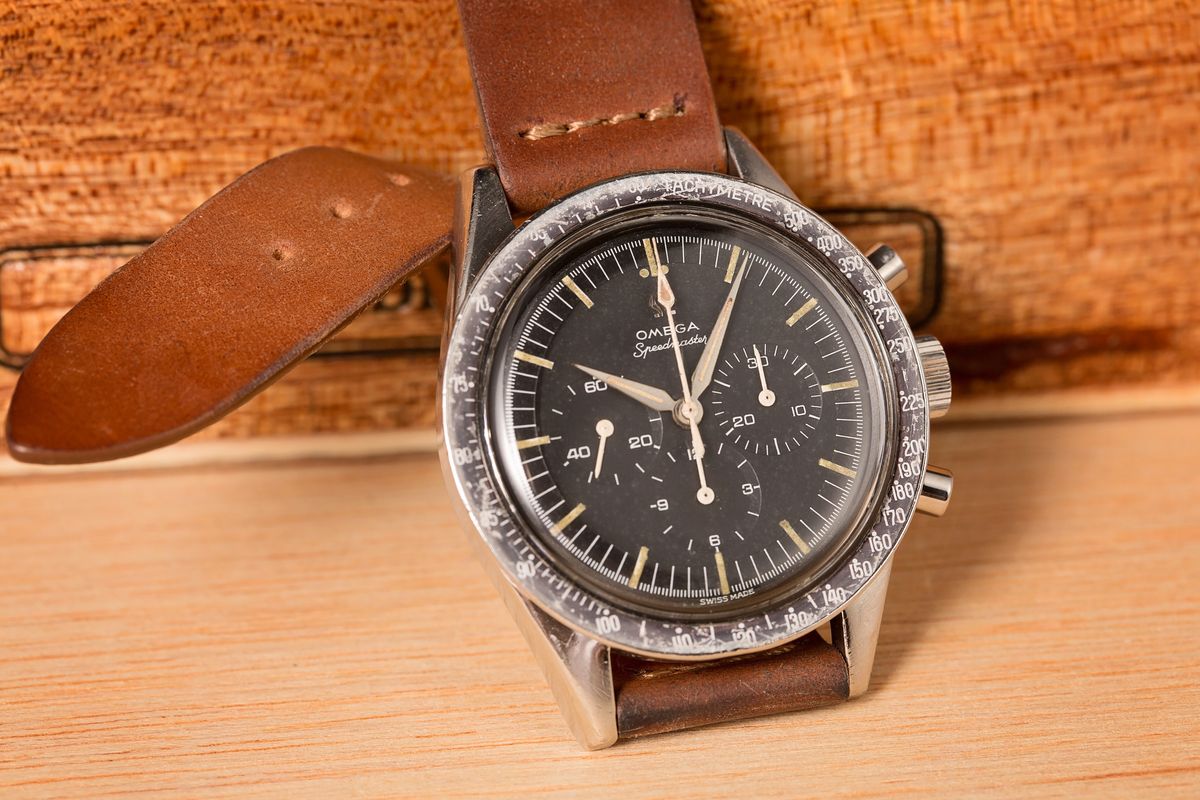
What to Look for When Buying Vintage
Unfortunately, the massive popularity of the vintage watch market (and the luxury watch market in general) has brought with it perhaps its biggest problem.
The inexorable rise in prices has attracted those intent on making a quick buck by selling imitations of some of the most in demand models. This has been going on for a long time now, but where the counterfeits from a few years ago were almost embarrassingly easy to spot, modern low cost/high tech manufacturing methods have given rise to a new wave of fakes which could fool even seasoned collectors.
So how do you avoid falling victim? There are a few ways you can arm yourself against the disreputable. The first, and most effective, is to only buy from trusted retailers, and we will cover that in more detail a little later.
Another vital consideration is to do your research. There is so much information to take advantage of within easy reach. Scour the abundant watch blogs online and, in particular, join a forum. There are a number dedicated to a specific brand as well as more general types. The members tend to be extremely knowledgeable and generous with their time, and share a real passion for watches. It also pays to do a search before diving straight in with your question, as the chances are it has been asked and answered before, probably more than once.
Lastly, engaging in a vintage watch forum is also a great place to track down recommendations for the best places to buy from as well. Hardcore vintage collectors tend to purchase a lot of watches, and may will be able to point you in the right direction.
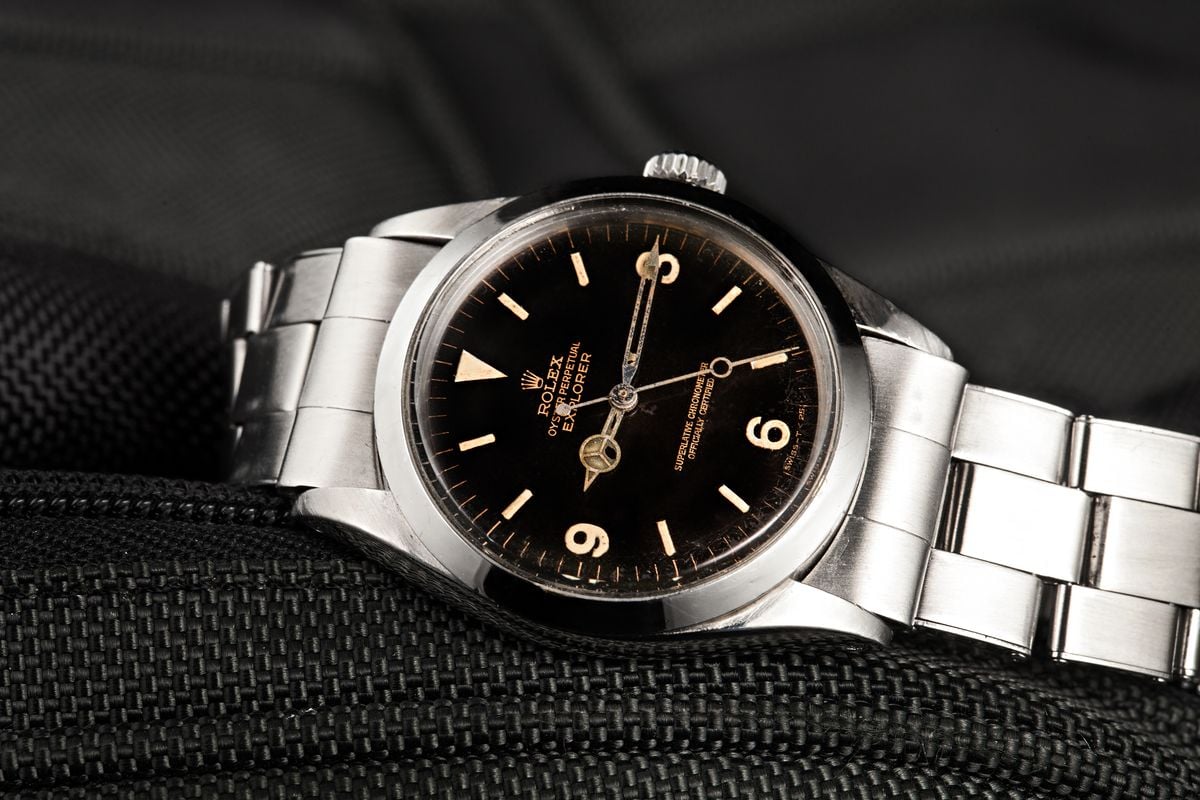
Condition is Everything
One of the most confusing points centers around condition. During your search, you may well come across two seemingly identical watches – same make, model, reference, etc. – with a significant price gap between them. Even more perplexing, the one that looks like it may have had a harder life, with a case that has clearly taken some knocks or a dial weathered in the sun, is the more expensive.
It all comes down to many collectors’ preference for originality. A watch in ‘honest’ condition, i.e. one which has never been polished by a service center to remove any scratches, is incredibly rare and therefore more valuable. While polishing can bring a watch back to its showroom shine, it does so by removing minute layers of metal and, if done enough times, leaves lugs uneven or eradicates those beautiful chamfered edges along the flanks.
A similar philosophy applies to the dial. Any vintage watch will have a dial which shows signs of age; the question is, what kind? One displaying a nice patina, or those known as ‘tropical’ (where a black dial has faded to an attractive even brown color) are highly sought after. However, one showing signs of water damage, such as a staining on the markers, are to be avoided and they can sometimes mean that the watch may have internal problems as well. The dial of a vintage timepiece can account for up to 85% of the total value.
The condition should also be consistent. Both dial and handset should display the same level of aging, otherwise, it is a sure sign that one or the other has been replaced at some point. Neither a polished case, nor a service dial or hands on a vintage watch constitute anything close to being a deal breaker, but they need to be identified and come with a corresponding adjustment in price compared to one with everything circa-correct and original.
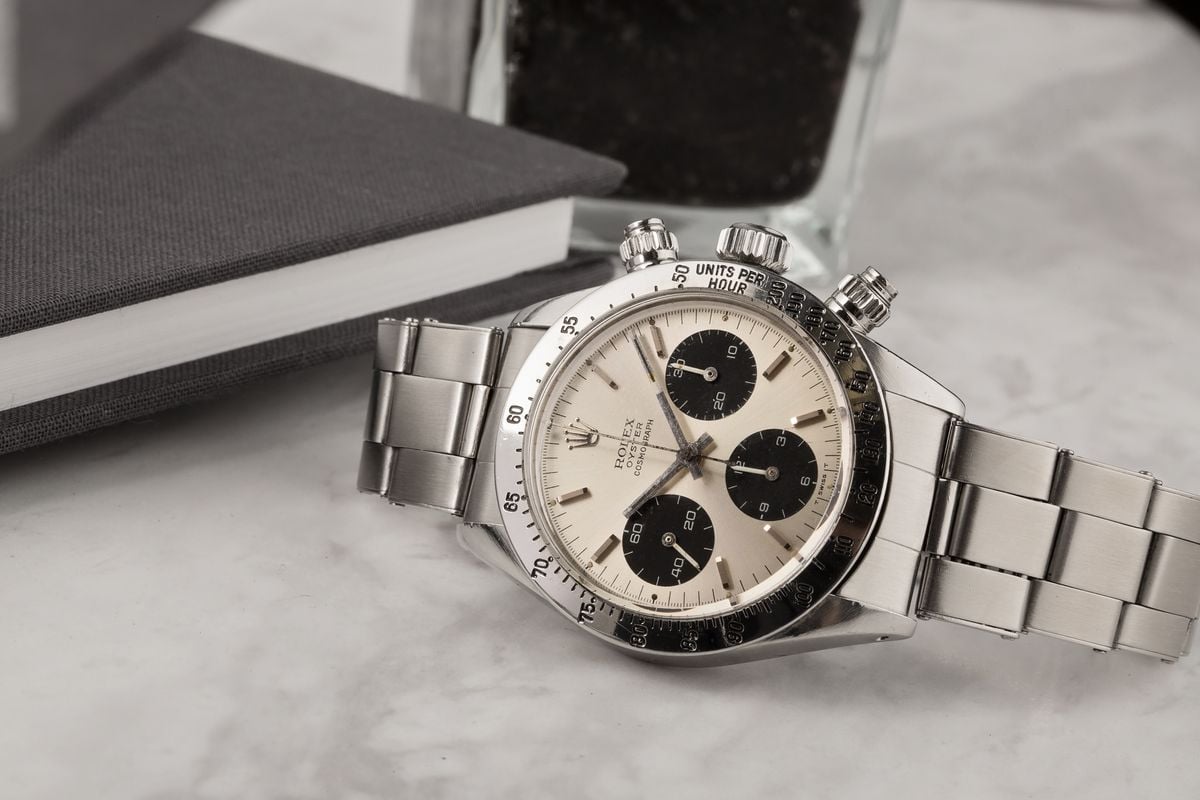
What is a Frankenwatch?
Another term you will run up against pretty quickly is ‘Frankenwatch’ and this is especially true in vintage collecting circles.
The word describes a timepiece that has been assembled with parts from two (or more) other watches and combined together to form a complete piece. So if a seller had one watch with a damaged dial and replaced it with a different one, the result is deemed a Frankenwatch.
Components will get replaced over the years due to wear and tear, and if the manufacturer replaces a damaged dial with a new one, that does not make the timepiece a Frankenwatch, as the new dial is intended for that specific model. Now, is a Frankenwatch always a bad thing? Not necessarily.
Obviously, as we learned above, originality is highly prized in vintage watch circles, and so a Frankenwatch will be looked down on somewhat by the true connoisseurs. However, if all you are after is just a good-looking vintage watch at a low price (and a model with mismatched parts will, or should, be far cheaper than a completely original one) then they can be an attractive option.
The trouble starts if you happen to fall foul of a less than scrupulous seller. Those hawking Frankenwatches and claiming them to be all original (and charging accordingly) are a blight on the industry and there are plenty of them out there. This is the reason why doing your homework is such a vital part of the buying process. There are some real experts ready to give their advice on watch forums, and taking a few minutes to consult with those who have been studying the minutiae of the various vintage watch brands for decades can save you serious amounts of money in the long run.
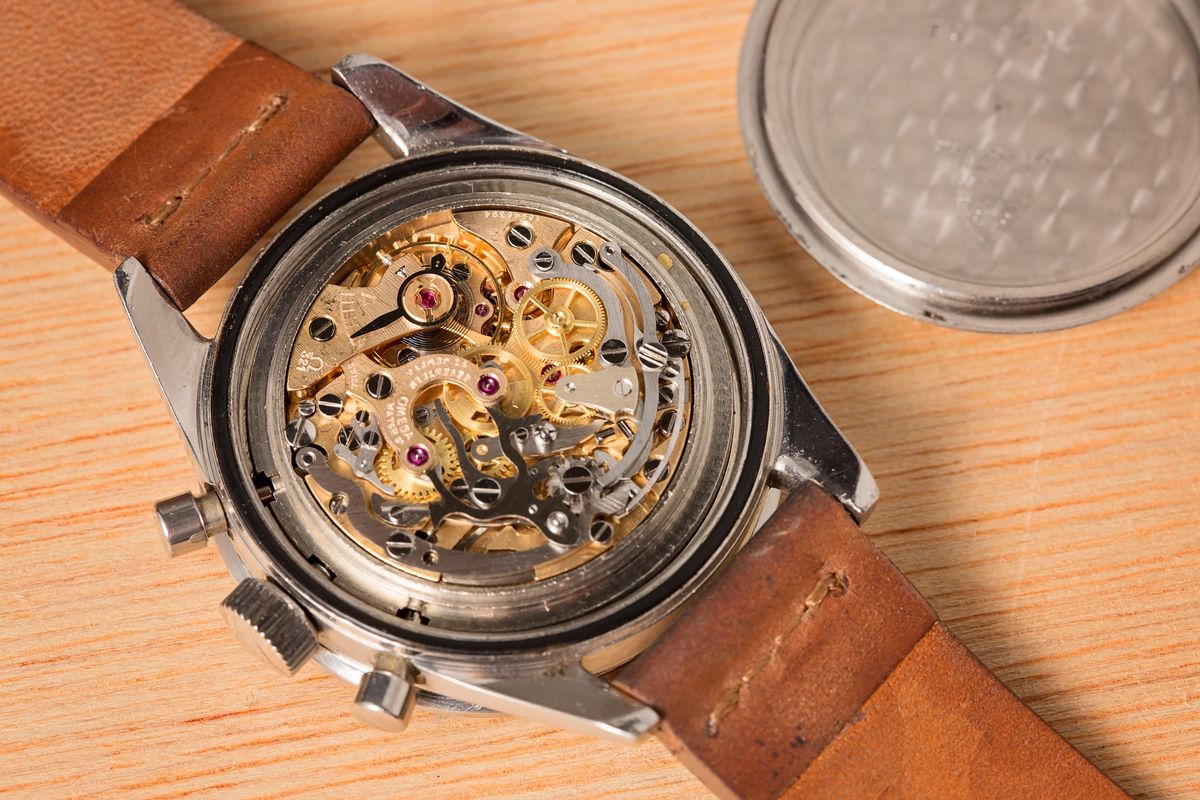
Where to Buy Vintage Watches
It might sound like an overstatement, but where you buy your vintage watch is actually more important than what you buy.
This is now a multi-million dollar industry, and that kind of money always attracts its fair share of ne’er-do-wells. We’ve already mentioned the problem of fakes and misrepresented Frankenwatches, but it bears repeating. There are oceans of them out there, with corrupt dealers just waiting to take advantage of the unwary and relieve them of piles of their hard-earned cash.
If we take just one example, possibly the most famous sports watch of them all, the Rolex Submariner. It is believed there are now more counterfeit Subs in circulation than there are of the real thing. So, where is the best place to buy from?
There are really only three main possibilities:
- Professional watch dealers (both online and offline)
- Private individuals
- Auction houses
Among them all, a dedicated online, reputable dealer will probably offer the best all round options of convenience, choice and protection for a novice buyer. First and foremost, finding your watch is very easy with these sites. You can filter your search by brand or model – or if you don’t have a particular piece in mind, either the type (diving, chronograph, pilot, etc.) or simply the material (gold, steel, platinum, etc.). For these reasons ( and more ), we do not recommend eBay or Craigslist. We also do NOT recommend buying from a private seller unless you have an expert to help you.
The most reputable platforms have highly qualified experts on hand to authenticate each and every watch that goes through their hands, and they often offer warranties and money back guarantees – which are worth their weight in gold – should anything be found to be amiss after the sale. They will likely also have flexible and secure payment options, keeping your money safe until you are in possession of the watch.
The major auction houses are certainly reputable, but your selection will be limited to whatever is being offered, and you may have to wait until the auction itself to be able to buy the watch you want. Additionally, all the major auction houses charge a buyer’s premium, which means that the total price you pay will be about 25% more than the winning bid. This means you are often times you are overpaying for the watch.
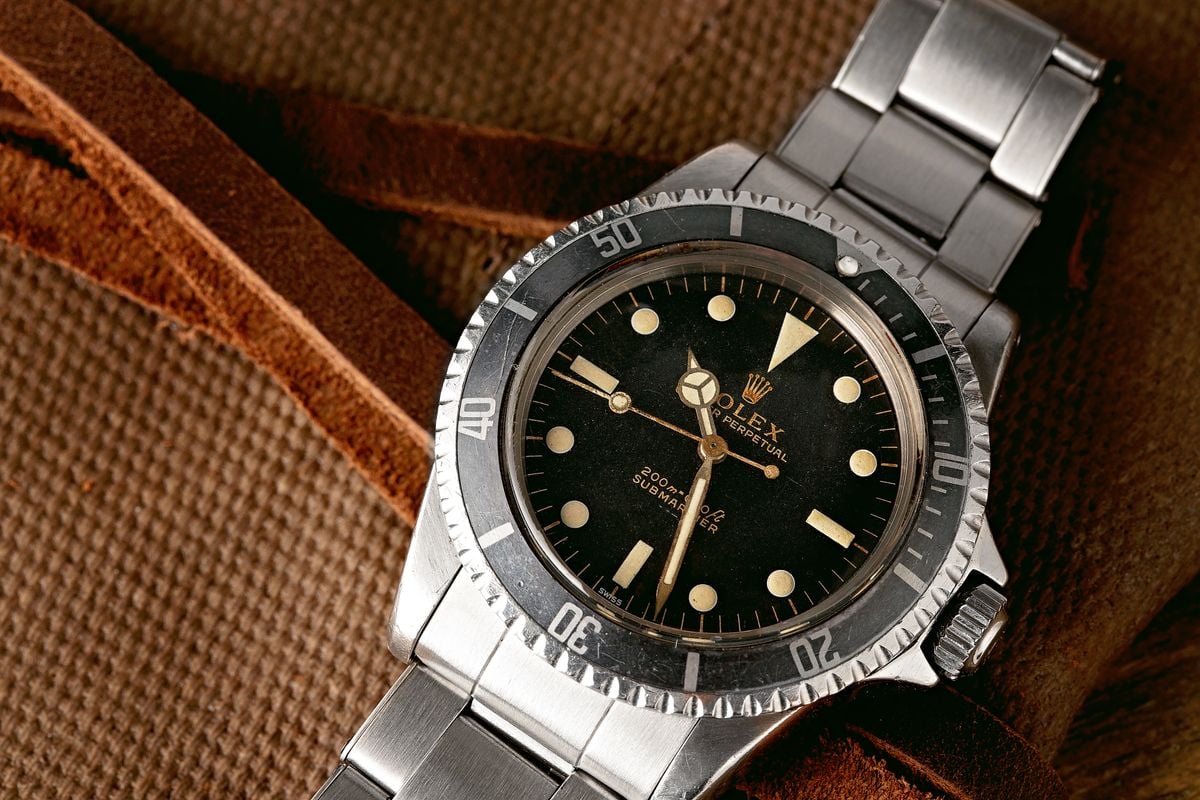
Final Thoughts
The world of vintage luxury watches is vast, and no one guide can tell you everything you need to know. However, finding out all the infinite tiny details is part of the attraction. There is always something new to learn and it is that quality which appeals to the nerd in all of us.
Fortunately, this is a club that doesn’t require unlimited resources to join, and you can find beautiful and fascinating models for as little as a few hundred dollars. Of course, at the other end, there really is no upper threshold on what you can spend, so only buying from those you trust and going in armed with plenty of knowledge is paramount.
Lastly, and most important of all, stick to the pieces you sincerely enjoy and that make you happy, rather than the ones you think may increase in value. No one knows the future, and regardless of how vintage watch prices may fluctuate, you’ll always own something that you love.
